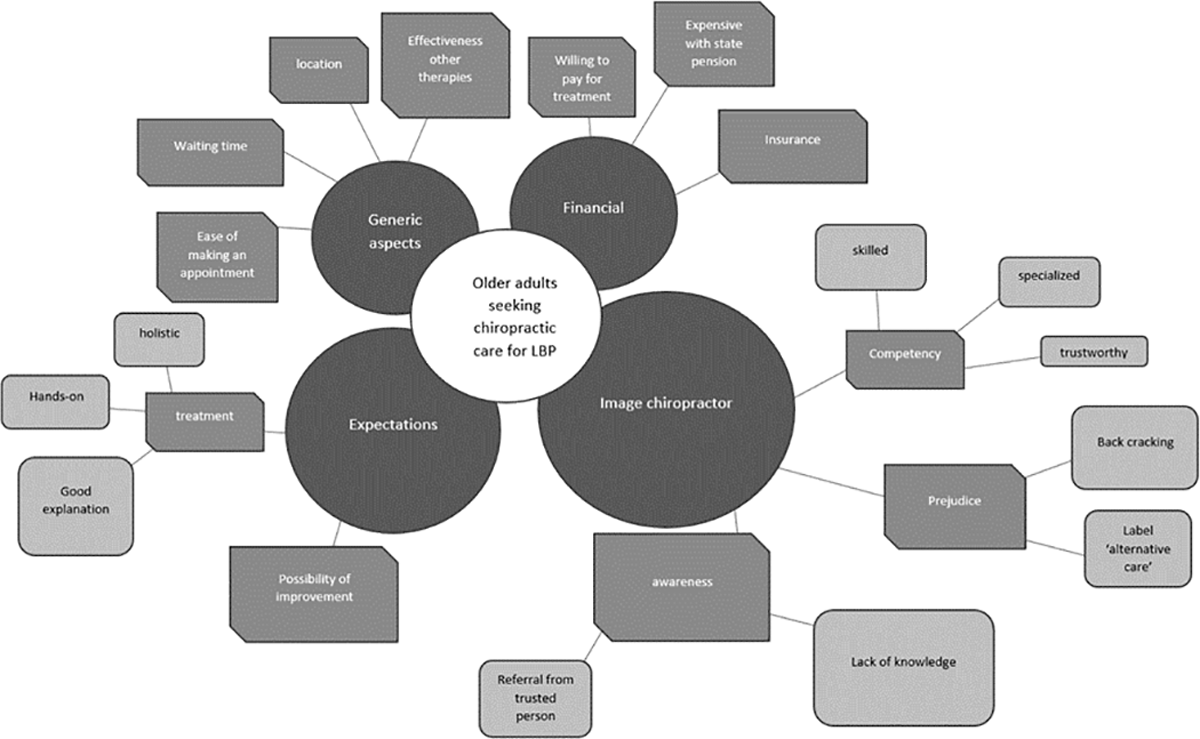Beyond Spinal Manipulation: Should Medicare Expand Coverage for Chiropractic Services? A Review and Commentary on the Challenges for Policy Makers
SOURCE: Journal of Chiropractic Humanities 2013 (Aug 28); 20 (1): 9–18
James M. Whedon, DC, MS, Christine M. Goertz, DC, PhD,
Jon D. Lurie, MD, MS, and William B. Stason, MD, MSc
The Dartmouth Institute for Health Policy and Clinical Practice,
Dartmouth College, 30 Lafayette St, Lebanon, NH 03756, USA.
james.m.whedon@dartmouth.edu
OBJECTIVES: Private insurance plans typically reimburse doctors of chiropractic for a range of clinical services, but Medicare reimbursements are restricted to spinal manipulation procedures. Medicare pays for evaluations performed by medical and osteopathic physicians, nurse practitioners, physician assistants, podiatrists, physical therapists, and occupational therapists; however, it does not reimburse the same services provided by chiropractic physicians. Advocates for expanded coverage of chiropractic services under Medicare cite clinical effectiveness and patient satisfaction, whereas critics point to unnecessary services, inadequate clinical documentation, and projected cost increases. To further inform this debate, the purpose of this commentary is to address the following questions:
(1) What are the barriers to expand coverage for chiropractic services?
(2) What could potentially be done to address these issues?
(3) Is there a rationale for Centers for Medicare and Medicaid Services to expand coverage for chiropractic services?
METHODS: A literature search was conducted of Google and PubMed for peer-reviewed articles and US government reports relevant to the provision of chiropractic care under Medicare. We reviewed relevant articles and reports to identify key issues concerning the expansion of coverage for chiropractic under Medicare, including identification of barriers and rationale for expanded coverage.
RESULTS: The literature search yielded 29 peer-reviewed articles and 7 federal government reports. Our review of these documents revealed 3 key barriers to full coverage of chiropractic services under Medicare: inadequate documentation of chiropractic claims, possible provision of unnecessary preventive care services, and the uncertain costs of expanded coverage. Our recommendations to address these barriers include the following: individual chiropractic physicians, as well as state and national chiropractic organizations, should continue to strengthen efforts to improve claims and documentation practices; and additional rigorous efficacy/effectiveness research and clinical studies for chiropractic services need to be performed. Research of chiropractic services should target the triple aim of high-quality care, affordability, and improved health.
There are more articles like this @ our:
CONCLUSIONS: The barriers that were identified in this study can be addressed. To overcome these barriers, the chiropractic profession and individual physicians must assume responsibility for correcting deficiencies in compliance and documentation; further research needs to be done to evaluate chiropractic services; and effectiveness of extended episodes of preventive chiropractic care should be rigorously evaluated. Centers for Medicare and Medicaid Services policies related to chiropractic reimbursement should be reexamined using the same standards applicable to other health care providers. The integration of chiropractic physicians as fully engaged Medicare providers has the potential to enhance the capacity of the Medicare workforce to care for the growing population. We recommend that Medicare policy makers consider limited expansion of Medicare coverage to include, at a minimum, reimbursement for evaluation and management services by chiropractic physicians.
From the FULL TEXT Article:
Introduction
Chiropractic education and practice in the United States
Graduation from an accredited chiropractic college in the United States requires 90 semester hours of undergraduate study with an emphasis on the biological sciences, followed by completion of 10 trimesters of chiropractic education and training at professional educational institutions accredited both regionally and by the Council on Chiropractic Education. Didactic courses taught in chiropractic colleges closely parallel the science curricula of medical schools [1]; but chiropractic education particularly emphasizes musculoskeletal diagnosis, radiology, and extensive training in spinal manipulation. Optional postgraduate training can lead to board certification in specialized fields. To qualify for state licensure, graduates must pass 4 sets of national board examinations. Some states also require additional examinations. Doctors of chiropractic (DCs) are licensed as portal-of-entry providers who may evaluate and treat patients autonomously and without referral. In most states, insurance equality laws mandate inclusion of chiropractic benefits in health insurance plans. Commonly covered services include evaluation and management services, physical therapy modalities, radiographs, and some laboratory services. [2] Davis et al [3] estimated that there were 74,623 licensed DCs in the United States in 2006; and in that year, chiropractic physicians provided 18.6 million clinical services under Medicare Part B at a cost of $420 million. [4] Overall spending for chiropractic care in the United States totaled more than $5.9 billion in 2006. [5]
Read the rest of this article here!





Leave A Comment